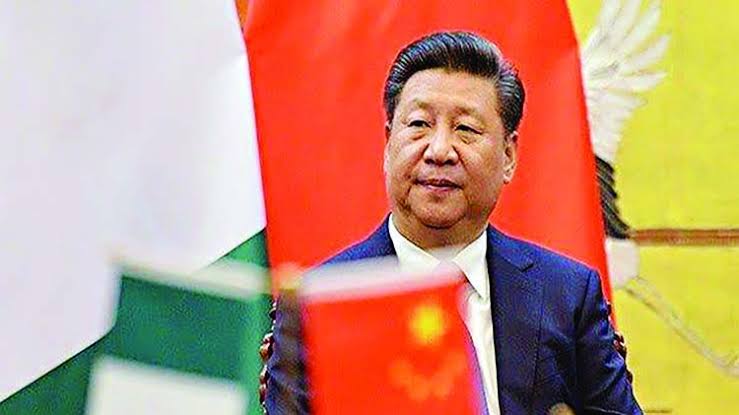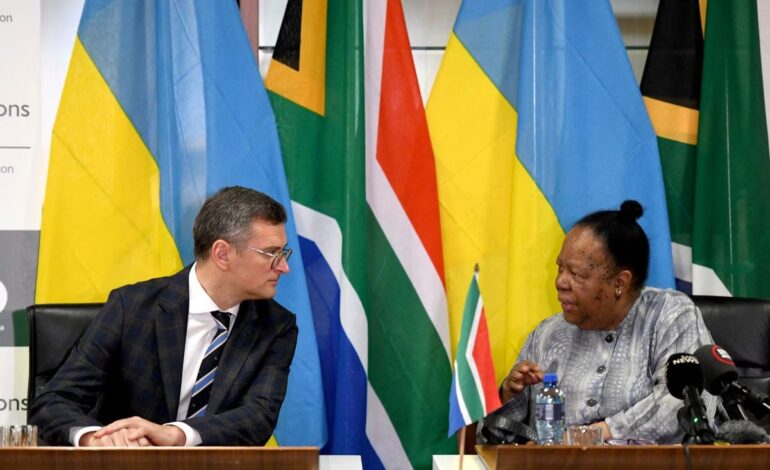
Faith Nyasuguta
China has taken center stage as the world’s largest debt collector, with developing countries owing an estimated $1.1 trillion to $1.5 trillion, according to a recent report.
A significant 80% of China’s overseas lending is now dedicated to supporting nations grappling with financial distress, highlighting the dual roles Beijing plays in international finance.
In recent years, China’s role in global financing has significantly expanded. Even before the launch of the Belt and Road Initiative (BRI), Chinese development banks had issued nearly $500 billion in loans between 2008 and 2021. However, this surge in lending has made China a critical figure in international debt collection.
A comprehensive study by the AidData research lab at William & Mary reveals that Chinese state-backed banks have played a pivotal role in funding numerous projects worldwide, from building railways in Kenya to power plants in Cambodia.
The analysis encompassed 20,985 projects spanning 165 low- and middle-income countries, amounting to a total of $1.34 trillion in grants and loans distributed between 2000 and 2021.
As debts to Chinese lenders continued to mount, the number of suspended or canceled projects also saw an uptick. A significant portion of Chinese lending has been channeled to countries teetering on the brink of financial instability. This precarious situation has raised concerns about a potential surge in loan defaults.
For example, in June, Zambia reached a historic agreement to restructure its $6.3 billion debt, with two-thirds of it owed to China’s Export-Import Bank.

Recognizing the increasing risk of defaults, China has implemented several measures to safeguard its investments, including scaling back loans for infrastructure projects while enhancing emergency lending.
In 2015, over 60% of China’s loan portfolio was allocated to infrastructure projects. By 2021, this figure had dropped to just over 30%, with emergency lending accounting for nearly 60%.
The report suggests that China is adopting an “international crisis manager” role, creating a safety net for financially distressed countries and their highly exposed Chinese creditors.
An additional strategy used to mitigate risk has been increasing penalties for late repayments, a move that could potentially alienate borrowers. This approach, combined with growing debts, has led to a decline in public approval ratings for China in low- and middle-income countries, dropping from 56% in 2019 to 40% in 2021.
While the specific terms and conditions of Chinese loans often lack transparency, economists estimate that Chinese government loans to low-income countries typically carry a 2% interest rate, compared to the 1.54% norm for World Bank concessional loans.
However, the report reveals that Chinese lenders have raised the maximum penalty interest rate for late repayments from 3% to 8.7% between the early and latter years of the BRI.
Bradley Parks, one of the report’s authors and the executive director of AidData, noted that China is navigating its role as the world’s largest official debt collector at a time when many of its biggest borrowers face liquidity or insolvency issues.
He emphasized that “debt collectors don’t win a lot of popularity contests.” Nevertheless, China is determined to protect its flagship global infrastructure initiative by acting as a debt distress mitigator while simultaneously implementing long-term strategies to futureproof the Belt and Road Initiative.
RELATED:




